UX&UI / 2019
Exploring Customer Requirements for Slice-based Network Services Fulfilment Process
Responsibilities: Customer Research, Exploratory Interview, Observation & Reporting Writing
The Challenge
To enable Communication Service Providers (CSPs) to modify or cancel service orders in progress when service requirements change, Nokia developed the software called OrderHub. We kept receiving functionality requests for OrderHub from the customers. They made urgent change requests and escalated feature requests to Nokia. These resulted in a flood of new “requirements” to the R&D. However, we’ve found out those demands were essential ‘failure demands’ that were caused by a failure to do something or to do something right for the customer in the current process. They didn’t solve the customers’ problems. We lacked a holistic understanding of the ‘value demands’ that OrderHub should exist to provide.
My role
As a lead UX designer, I conducted field research at the customer’s site including exploratory interviews and observation, Afterward, I wrote a research report, which was used as a product development guide.

If I had asked people what they wanted, they would have said faster horses.
- Henry Ford
#Think
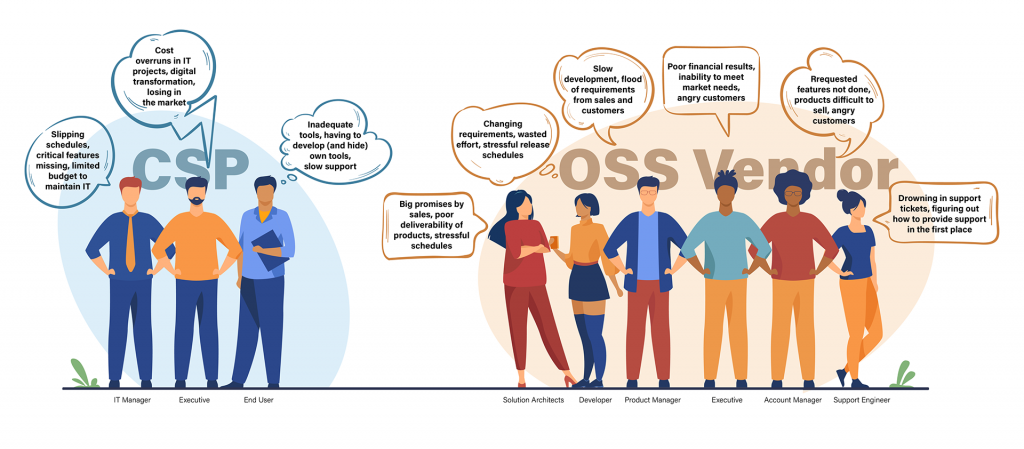
When the customer requirements are not defined rightly…
Why We Start Customer Research
We have seen a big problem in product development that R&D was in a passive place where they received endless feature requests from the customers, and too much effort was wasted when requirements changed. The root cause was that the customer’s problem was not figured out in the very beginning so the R&D couldn’t decide precisely what to build for the software system. Therefore, the most important function that the software builder performs for the client is the iterative extraction and refinement of the product requirements.
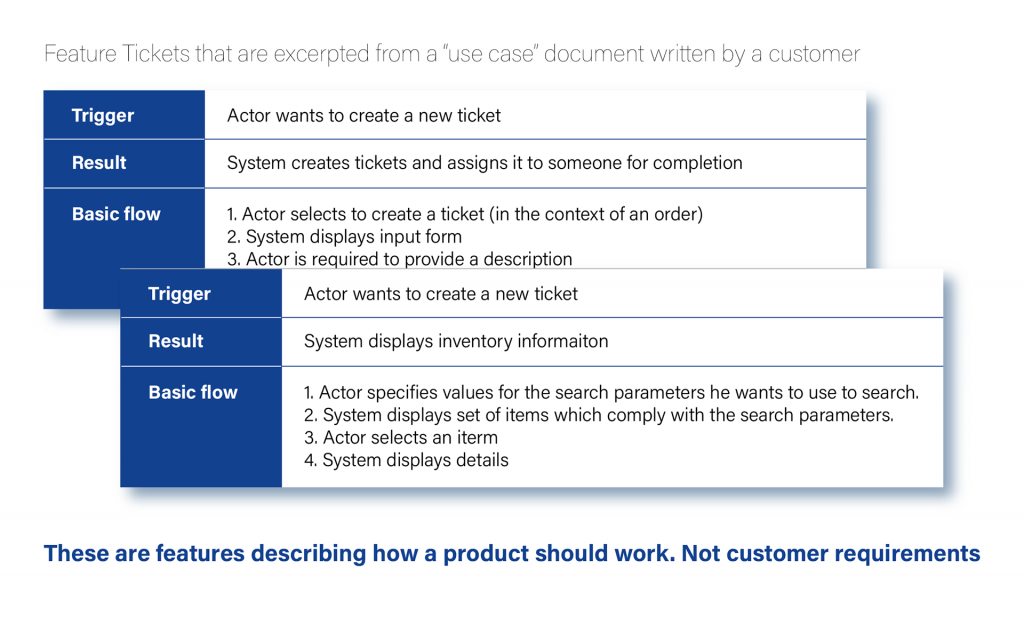
Contextual Interviews
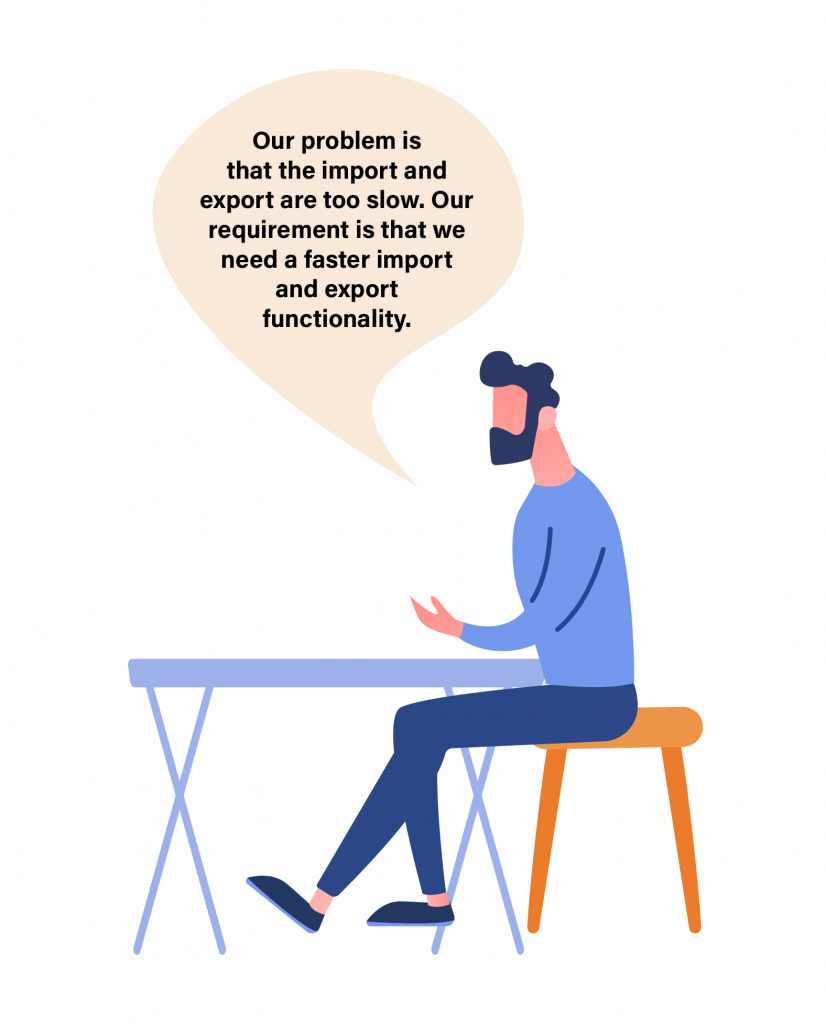
Observation
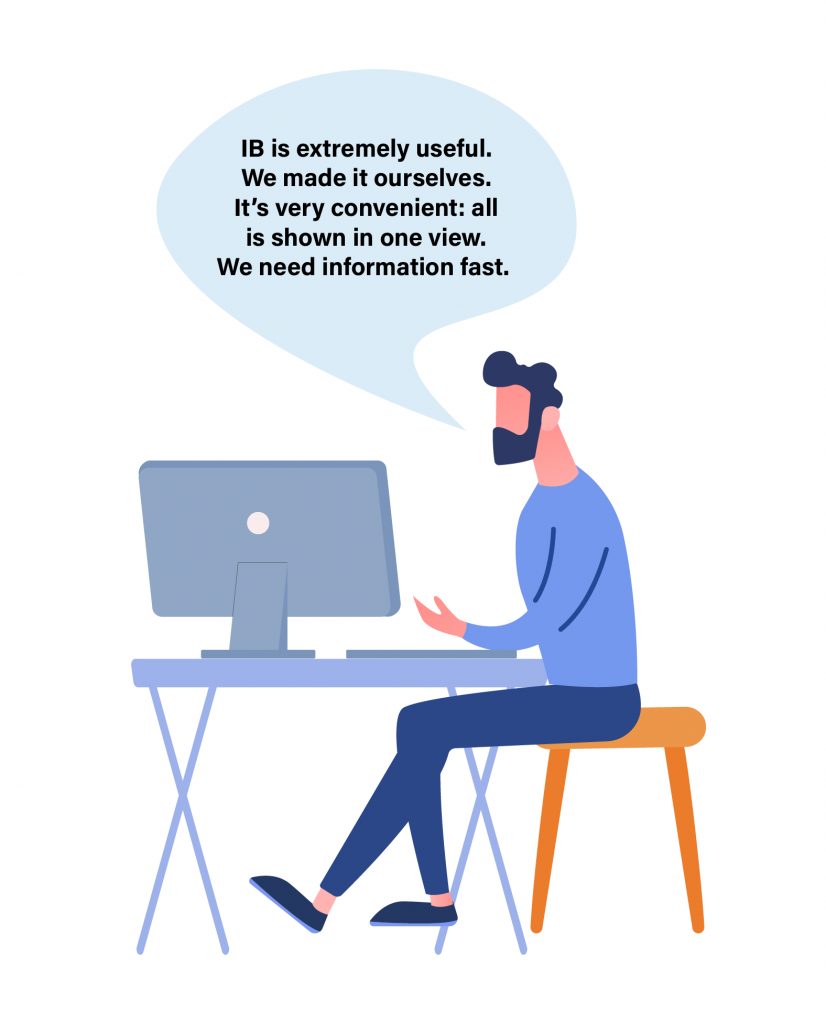
Feature Space
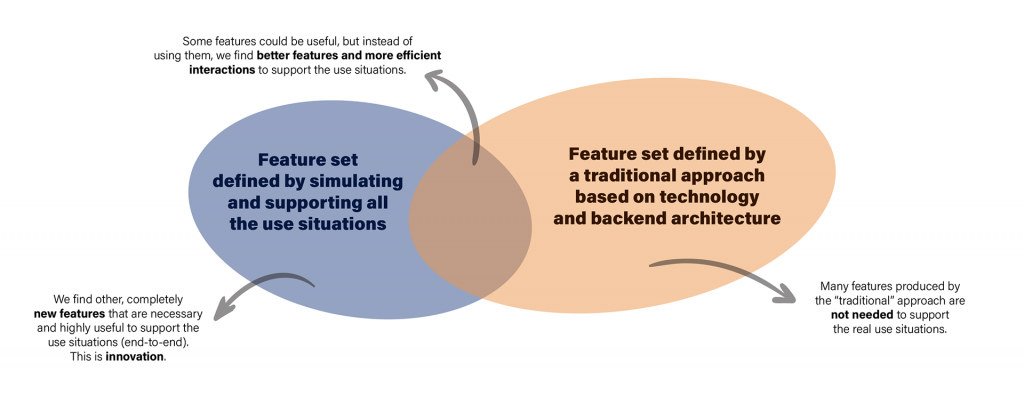
Persona Refinement
Based on the research findings from the interviews and observations, I updated the OrderHub personas to precisely define the right target users and goals for the OrderHub redesign.
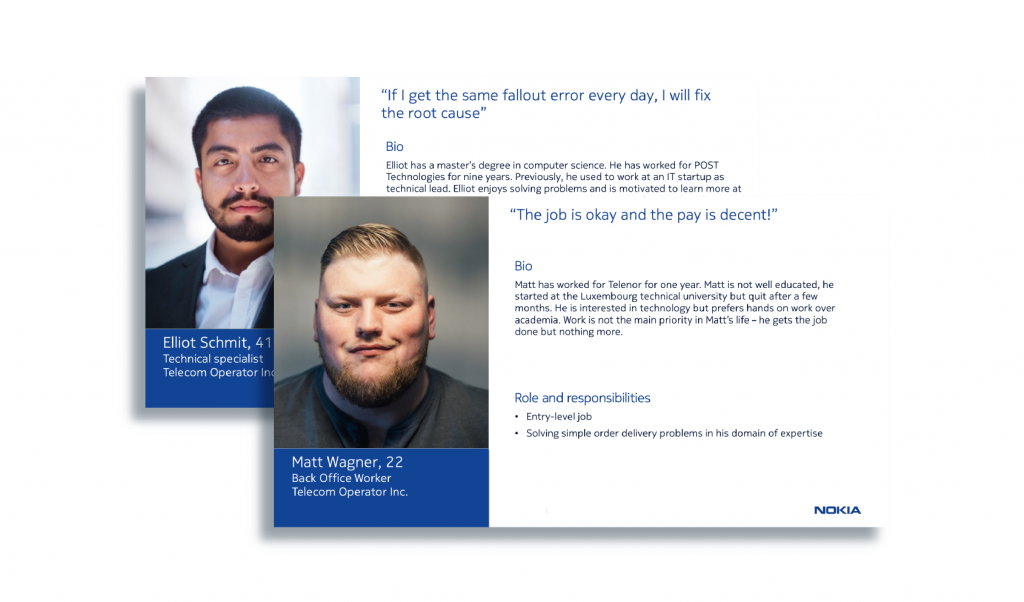
Trigger Analysis
One of the major outcomes representing customer requirements was the validated trigger analysis where task triggers, motivations, circumstances, desired results, and criteria for the desired results were systematically defined, which gave the R&D team a precise vision for iterating OrderHub.

#Make
Report
After the field research, I documented and wrote a research report to support the redesign of OrderHub. From this, we’d agree on the direction of the iteration and the timeline.
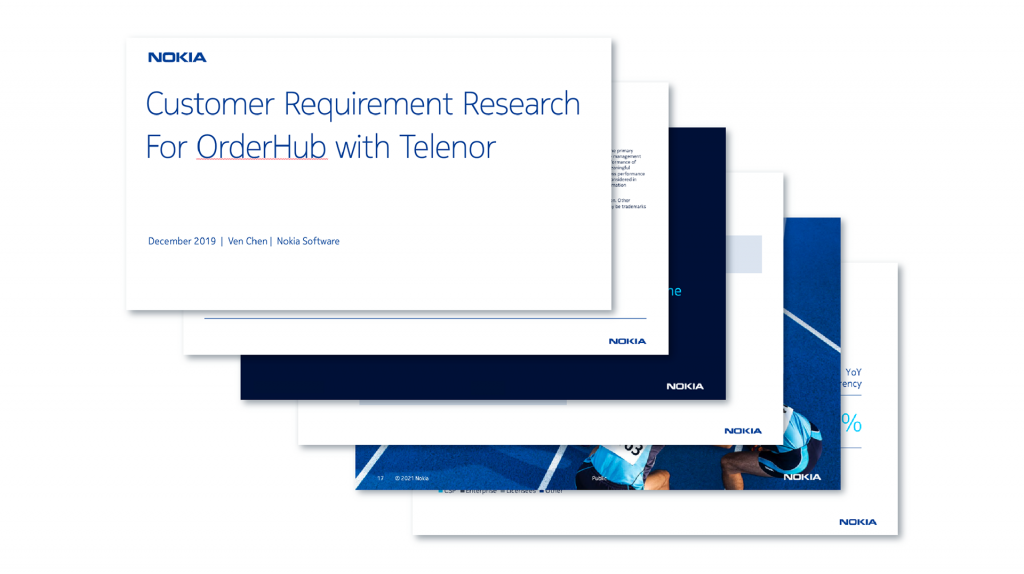
#Reflection
Competitive advantage comes from unique solutions that provide value to the user and customer’s business. It requires learning about context, needs, and expected outcomes to identify unique opportunities and unmet needs. Processes must be designed together with the product. We need all the information about the underlying customer’s problem:
- starting circumstances;
- their criteria for the end result; and
- the current process as a whole and the current end result.
My advice to research customer requirements is to ask questions (Why) until you get to know what the solution must do and why is that. Designers need to go out of the office to see what the customers and users do now, and then interview them on why they do it: what are they trying to accomplish (criteria for an optimal end result); and where does the process originally start from the first trigger to completion.
